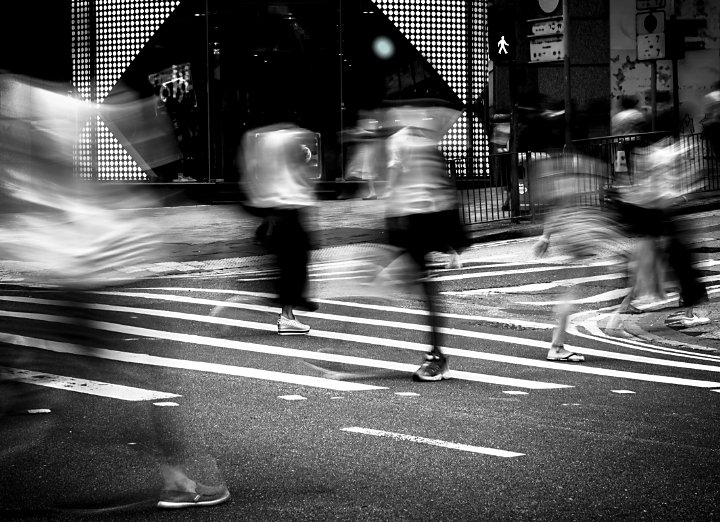Rumored Buzz on Street Photographers
Table of ContentsThe Only Guide to Street PhotographersThe Main Principles Of Street Photographers 10 Easy Facts About Street Photographers ShownRumored Buzz on Street PhotographersThe smart Trick of Street Photographers That Nobody is Discussing
Road professional photographers do not always have a social purpose in mind, yet they prefer to isolate and record moments which could otherwise go unnoticed.He was affected by several of those that affected the road professional photographers of the 1950s and '60s, he was not primarily interested in catching the spirit of the street., that worked side by side with digital photographers trying to catch the significance of urban life.
Due to the comparatively primitive modern technology readily available to him and the long exposure time needed, he had a hard time to record the hustle and bustle of the Paris roads. He explored with a collection of photo methods, attempting to discover one that would allow him to catch activity without a blur, and he discovered some success with the calotype, patented in 1841 by William Henry Fox Talbot. Unlike Atget, professional photographer Charles Marville was employed by the city of Paris to develop an encyclopaedic paper of Haussmann's city planning project as it unfolded, thus old and new Paris. While the digital photographers' topic was basically the very same, the results were significantly various, showing the influence of the digital photographer's intent on the personality of the images he generated.
Offered the great quality of his photos and the breadth of product, designers and musicians usually bought Atget's prints to make use of as reference for their own work, though industrial interests were rarely his primary motivation. Rather, he was driven to picture every last residue of the Paris he enjoyed. The mingled enthusiasm and necessity of his objective luster through, leading to photographs that narrate his very own experience of the city, qualities that expected road photography of the 20th century.
The 9-Minute Rule for Street Photographers
They reveal the city via his eyes. His work and fundamental understanding of digital photography as an art type served as ideas to generations of digital photographers that complied with. The future generation of street photographers, though they likely did not describe themselves because of this, was introduced by the photojournalism of Hungarian-born digital photographer Andr Kertsz.
Unlike his peers, Brassa used a larger-format Voigtlnder camera with a much longer direct exposure time, compeling him to be much more computed and thoughtful in his practice than he could have been if making use of a Leica.
Cartier-Bresson was a champion of the Leica cam and among the first professional photographers to optimize its capabilities. The Leica permitted the digital photographer to engage with the environments and to record moments as they occurred. Its reasonably little dimension likewise helped the digital photographer discolor right into the history, which was Cartier-Bresson's preferred technique.
How Street Photographers can Save You Time, Stress, and Money.
It is due to this basic understanding of the art of image taking that he is commonly credited with uncovering the medium around once again about a century given that its development. He took photos for greater than a half century and influenced generations of photographers to trust their eye and intuition in the minute.
These are the concerns I shall try to address: And afterwards I'll leave you with my very own meaning of street photography. Yes, we do. Let's begin with specifying what a definition is: According to (Street Photographers) it is: "The act of specifying, or of making something certain, distinctive, or clear"
No, absolutely not. The term is both restricting and misguiding. Seems like a road photography should be pictures of a roads ideal?! And all street photographers, except for a little number of absolute beginners, will totally value that a road is not the key component to Discover More Here street digital photography, and in fact if it's a picture of a road with possibly a couple of uninteresting individuals doing absolutely nothing of interest, that's not road photography that's a picture of a road.
4 Easy Facts About Street Photographers Described
He makes a valid factor don't you believe? While I agree with him I'm not certain "honest public digital photography" will capture on (although I do kind of like the term "honest photography") due to the fact that "street photography" has been around for a long time, with numerous masters' names attached to it, so I believe the term useful content is here to remain (Street Photographers).
Inside?! I hear you scream as you tremble your hand to the sky. Why not? You can contend the beach, at a festival, in an alley, in a park, in a piazza, in a coffee shop, at a gallery or art gallery, in a city terminal, at an event, on a bridge, under a bridge ...

A Biased View of Street Photographers

Comments on “The Ultimate Guide To Street Photographers”